Dog growling is typically seen as a prominent sign of canine aggression. While growling may seem like it means your puppy is ready to pounce, that isn't always the case! Regardless of your pet's intention when they growl, those glistening teeth can still cause anyone to ask, "why is my dog growl?"
As a dog owner, you'll need to understand that dog growling is a natural form of communication. Dogs have a unique language made up of body signals, tail positions, and vocalizations that range from aggressive to excited to anxious. This guide will help you spot the difference between your dog's growls and how you can use body language to understand your pet's mood.
Is Dog Growling Normal?
Why do dogs growl at you? Growling is a completely normal part of your pet's communication, but not every dog growl means the same thing. Unfortunately, dogs can't speak to us (unless you count these nifty buttons). Instead, our furry friends communicate with us and each other with their bodies, barks, and growls.
One of the most common reasons a dog growls is due to resource guarding. Also known as possession aggression, dogs (especially younger pups) may growl if someone gets close to their food or toy. This behavior is normal but should be trained out of your dog, just like we teach children to share. Addressing this behavior early on is crucial and can help with a dog's socialization over time.
Do Some Dogs Growl More Than Others?
Any dog breed can be trained to be a wonderful family pet. However, some breeds are more naturally aggressive than others and may require extra behavior training. Higher levels of aggression can result in more growling, though hostility is not always linked to growls.
Some dog breeds that are considered to be more "aggressive" include:
- Chihuahuas
- Dachshunds
- Chow Chows
- Doberman Pinschers
- German Shepherds
- Greyhound
Every breed has its own physical and dietary needs as well as a unique personality. If its needs are not met, or its personality clashes with yours, the dog may growl or act out. Each dog may act aggressively for its own reasons. Make sure your pet is in good health, eats well, and gets adequate exercise for their breed. If your dog is healthy, but they tend to growl, it may signify aggressive behavior.

When Is Growling Abnormal?
Aggression is a complex emotion in dogs, and it can be shown by subtle facial expressions or threatening lunges. As this study points out, growling can indicate normal or abnormal behavior. It's all about context, as even a dog's health can cause aggressive behavior. Anyone who's ever played tug-of-war with their slobbery pal knows that growling doesn't always equal a fight. Generally, dog playful growl is slightly higher in pitch and accompanied by the dog bending onto its front paws while raising its rear legs ("downward dog" for all you yogis).
Why does my dog growl when he plays? Pay attention to your pet's growl, or "voice," during playtime. This can help you determine when a growl is playful growl dog or if it's threatening. Growling that is joined by lunging or biting is usually indicative of the dog feeling uneasy or protective. After you've gotten to know your pet's voice, it will be easier to tell what their growl means. If you're ever unsure, you can always consult a dog behaviorist or a veterinarian.
When a dog growls repeatedly, it may sometimes seem like the dog is acting out. This could be the case, but it's important that you never punish the dog for its growl. Since it is one of our pet's few ways of communicating with us, we should instead focus on behavior training. If you have a new pup and are not yet familiar with its personality, a dog trainer can be a big help. A behavior specialist can listen to a dog's growls and understand what's causing it.
Why Is My Dog Growl?
There are many reasons a dog growls, and it's often difficult for humans to determine the cause without context. One study attempted to place meaning on dog growling. They found that humans were unable to determine a growl's meaning solely from the sound.
These are some common scenarios that could cause your dog to growl:
- Warning signal: This form of growling may be accompanied by bared teeth or tense body language. Tensed muscles often indicate the dog is ready to attack or defend. If you notice your pet growls like this with a friendly face, some behavioral training might be necessary.
- Establishing presence: Your dog may use its growl as a warning sign, but sometimes they're simply making their presence known. Dogs use growls to communicate with us, but also with other dogs. This study found that dogs can guess the body size of another canine by listening to their growl.
- Resource guarding: If you've ever played tug-of-war with your pet, you probably know how they're possessive growling sounds. The dog keeps its head low and usually darts its eyes between the object it's protecting and the person or animal who is nearing them.
- Intimidation: Your dog may simply be letting others in the immediate area know they're a big tough canine not to be messed with. Intimidating growling is lower in pitch compared to playful snarling, and your pet may bare its teeth.
- Playful: Canines often growl during playtime, with some breeds being much more vocal than others. Some hyperactive dogs may growl during these playful moments even more. The dog will usually bend forward on its front legs with its rear end in the air and tail wagging.
Pay Attention to the Tail
The next time your pet growls, pay attention to the entire scenario to figure out what your dog (and any other dog) might be feeling. Additionally, use their body language to determine what your pet is trying to say. Just like you should take note of your dog's playful growl, make sure you're familiar with your pet's default tail position.
The position of your pet's tail lets you know what your dog is trying to communicate. Generally, the higher your dog's tail, the more assertive they feel. Though, if your furry friend has a tail that usually sits high over their backs (an Akita, for example), it can be hard to determine your dog's mood. Once you've got a good idea of your dog's natural tail position, it will be easier to read your dog's body language. If your dog is growling and its tail is raised higher than its natural position, the dog is likely feeling aggressive. Growling paired with a lowered tail usually indicates stress or anxiety.

When Should You Go to the Vet?
Dogs have personalities, just like humans. If your dog is growling more than usual, or its aggression prevents you from interacting with them, a trip to the vet is a good idea. A pet acting differently than it normally could indicate a health issue. Dog owners should have a good idea of how their pet normally acts. Some canines may be naturally jumpy, always seeming startled at the slightest disturbance. Others are bold and fearless, diving into every new situation they come across!
We must get to know our pets the same way we would any other roommate or family member. If a social pup starts growling at every other dog, or if a confident canine begins acting fearful, take them to a veterinarian.
How to Approach a Growling Dog
When dogs growl it can mean different things, so you should first determine whether the animal is playing or displaying aggression. Play growling is not meant to be threatening, and the animal will be glad to see you approach. Approach a fearful, anxious, or hostile dog with caution and by keeping your voice low yet firm. Lower your body, getting closer to the dog's level. Hold out your hand with your fingers closed and your palm down, and let the dog come to you.
If they are growling due to resource guarding, try not to suddenly get too close to the dog. Let the pet sniff your hand, and wait to see if it becomes comfortable. When the animal lowers its head, perks up its ears, or nuzzles against your hand, it's okay to pet the dog. If the dog growls at your hand or bares its teeth, give them some space and contact a veterinarian or dog trainer. If your pet is protecting its food, let it finish eating before getting near. Positive reinforcement can correct possessive growling, and you should never punish a dog for this behavior.
Instead, place a hand on the toy but do not try to pull it away. Even if the dog growls, offer it treats with your other hand. When they let go of the toy to inspect the treats, say the command "give" and reward them with the snack! Eventually, this training will help the dog understand the command "give." It will also reinforce the fact that you are the owner of its toys, not the dog.
How to Calm and Relax a Growling Dog
When dogs growl, sometimes they just need comforting reassurance from their owner. Other times, they need to let off excess energy or socialize. A growling dog could also find peace of mind with the soothing properties of CBD. The most important thing to remember when calming a growling dog is that WE may be the issue. Of course, all pet owners are concerned with the well-being of their furry friends. However, it is a bad habit to automatically assume that we're incapable of making our dog growl.
If you're interacting with your dog when it starts to growl, back away and see if the behavior persists. Any interaction or activity that causes your dog to snarl aggressively should stop immediately. If you think you're the cause of the growling, a dog trainer can help you determine the issue. However, it is likely an external source that is causing the dog to growl. From yawning to socialization to CBD, there are plenty of ways we can hinder our pooch's growls. Let's take a look at a few of the best methods for calming a growling dog.
Yawn
Humans' and dogs' body language may be similar in some ways, but we yawn for different purposes. When people yawn, it's usually out of tiredness or boredom. Dogs yawn to deflect threats. If a dog feels threatened by someone or something, it may avert its eyes and let out a big yawn. This is the dog letting that someone (or something) know they are feeling anxious, but will not attack. Due to this response, a dog's brain associates a yawn with calmness.
Canines use yawns as an appeasement gesture to deescalate a situation. People can use this signal to show their dog that there's no reason to go into attack mode. Make eye contact with your dog and let out a yawn to help your dog relax. As you yawn, stroke their back, and speak softly. This behavior sometimes causes the dog to yawn back. It could mean they are still feeling anxious, but yawns can be contagious to dogs just like they are for people.
CBD
Cannabidiol, better known as CBD, has exploded in popularity as more people recognize its incredible benefits. Much of that acclaim has focused on CBD for humans, but dogs can experience the same soothing effects. This is because nearly all mammals have an endocannabinoid system (ECS).
The endocannabinoid system helps regulate important bodily functions in people, dogs, cats, horses, etc. It does this by interacting with the nervous system, immune system, cardiovascular system and more! Dogs need to keep these functions working efficiently, just like we do. We can give the ECS a helping hand with CBD.
There are cannabinoid receptors (known as CB1 and CB2 receptors) found throughout a dog's body that can interact with CBD. When these receptors come into contact with CBD molecules, the ECS's functionality gets a hearty boost. A fully-functioning ECS promotes the overall health and well-being of your dog.
A growl or a bite usually indicates the dog needs to relax. You can help your pup calm down with the relaxing and tranquil effects of CBD! Holistapet's Stress & Anxiety Relief Treats contain calming ingredients like L-theanine and chamomile to detangle your dog’s nerves allowing them to feel comfortable. You can give your dog a variety of different healthy vegan CBD dog treats for a delicious, healthy, and soothing snack!
Related: Is My Dog Depressed? How to Easily Identify & Cheer Up A Sad Dog
Socialization
Too much isolation can cause anyone to get snappy, even a dog! Growling may be a sign that your canine needs to interact with others. Of course, when a dog growls, it could also mean they are feeling hostile, so keep your pet on a leash if you decide to let them mingle. People often go to a party or a bar to socialize, but the hottest spot in the canine world is the dog park. A restless dog can interact with other pets by playing, exploring, and sniffing. They may growl or nip at other dogs, but make sure you only pull them back if the body language is confrontational.
If your pup growls out of shyness, the park is a great way to get your pet used to being around other people and dogs. A trainer might even take your dog to the park to teach them important socialization lessons!
Exercise
The cause of your pet's growling may be a lack of exercise. Earlier, we mentioned that some German Shepherds could grow hostile if their owner does not give them enough physical stimulation. If your dog's playing gets rough (a hard bite or deep growling), get them some exercise. It is crucial when buying a dog that you know the physical requirements of that breed. Prospective dog owners should never purchase a pet without researching the animal's needs. Without exercise, the animal's pent-up energy can turn to aggression.
Give your dog the opportunity to run around a fenced area or take them for regular walks. Your dog may growl at another dog along the way, but they could simply be trying to size up the other animal. Alternatively, consider setting up an agility course to let your dog burn off that excess energy!
Calming Coats
Calming coats are similar to weighted blankets. Like swaddling a baby, calming coats provide the dog with a light amount of pressure for comfort and security. These coats can help with dog growling, but they are also recommended for pets with travel, noise, or separation anxiety. Calming coats are meant to hug the dog's body, but this doesn't mean you should intentionally buy a small size for your pet. Never buy a coat that is rated for a toy breed if you have a mid-sized dog. With the right sized coat, your dog will feel constant pressure that should relax and calm them.
Some dogs may growl when you put clothes on them. Just like teaching them the "give" command, we can use treats to teach the dog that the coat is nothing to fear. Once you've got the garment on them, provide them with some delicious vegan CBD treats for a calm and peaceful dog! However, some dogs are happiest in their birthday suit. If your pet repeatedly growls or demonstrates confrontational body language every time you put on their coat, this is only adding more stress to the animal. At the end of the day, when it comes to your pet’s comfort, your dog’s opinion is the most important!

Final Thoughts
Dog growling is more complicated than it first seems, but communication is much simpler once you know their personality. Does your dog growl every time the song "A Day in the Life" by The Beatles plays? It's not because they have poor taste; there's actually a note in the melody that only dogs can hear!
Dogs make several noises (the Basenji's yodel, for example), and it can be hard to understand what they want. If they start growling, focus on their body language, tail position, and physical requirements. Try the tips in this guide to soothe your pet. If growling persists, take your pup to a dog trainer or veterinarian. Many times, all they need is some TLC from their adoring owner!



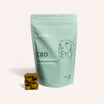


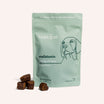
![Probiotics For Dogs [Soft Chews] - HolistaPet](http://www.holistapet.com/cdn/shop/files/Probiotic-Infographic-1_472d7a29-e30c-435a-9638-1365d8c3a9f9.jpg?v=1725384841&width=104)
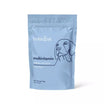





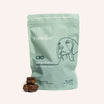






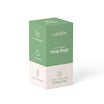

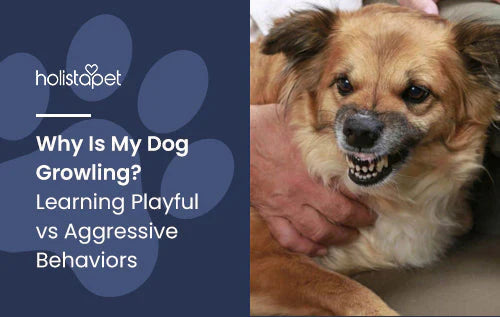

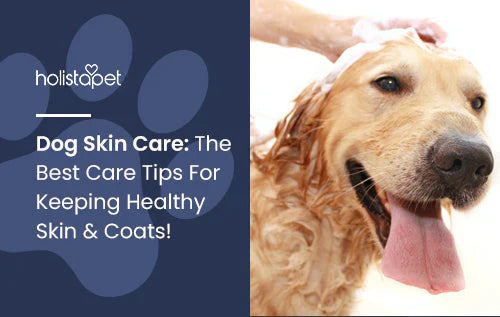
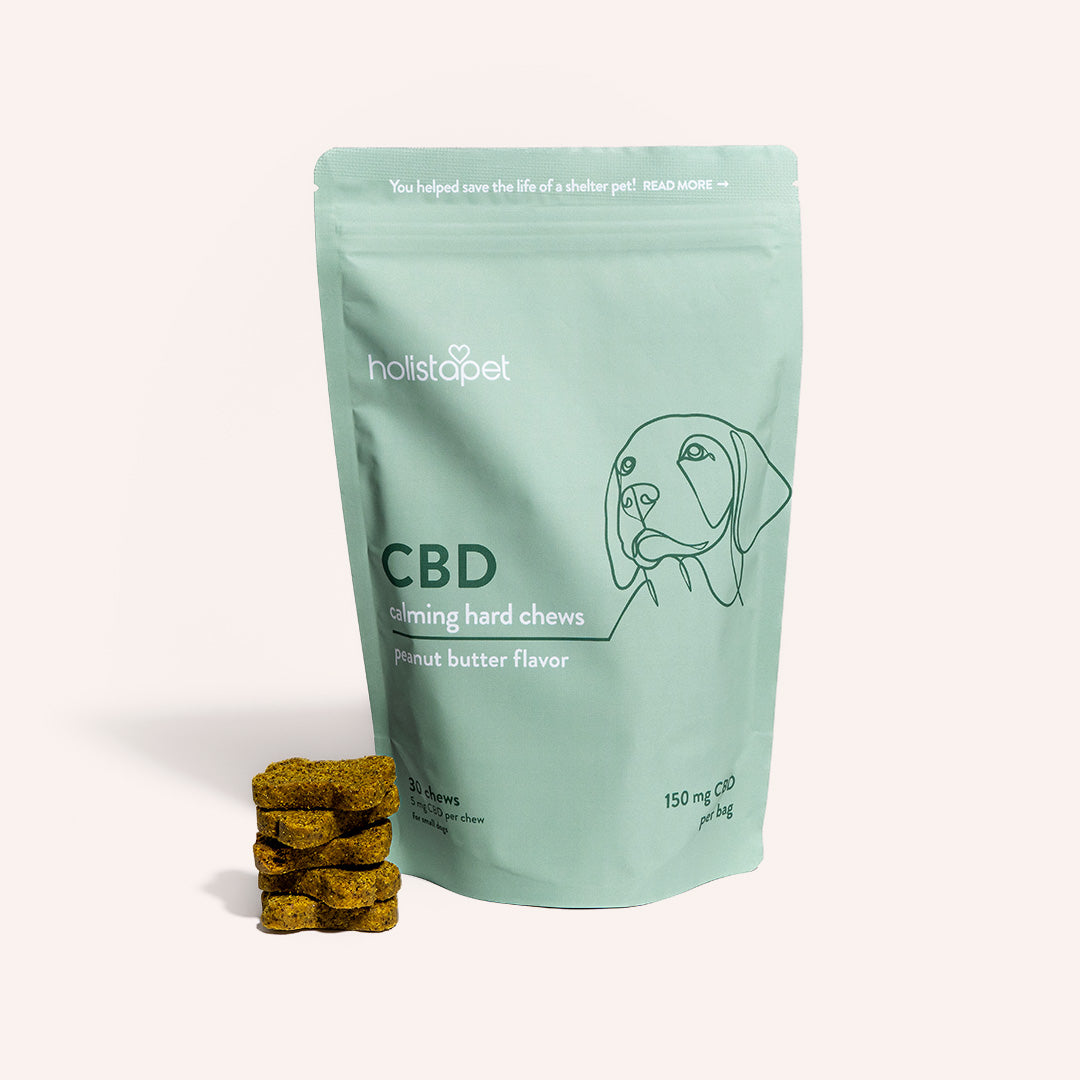
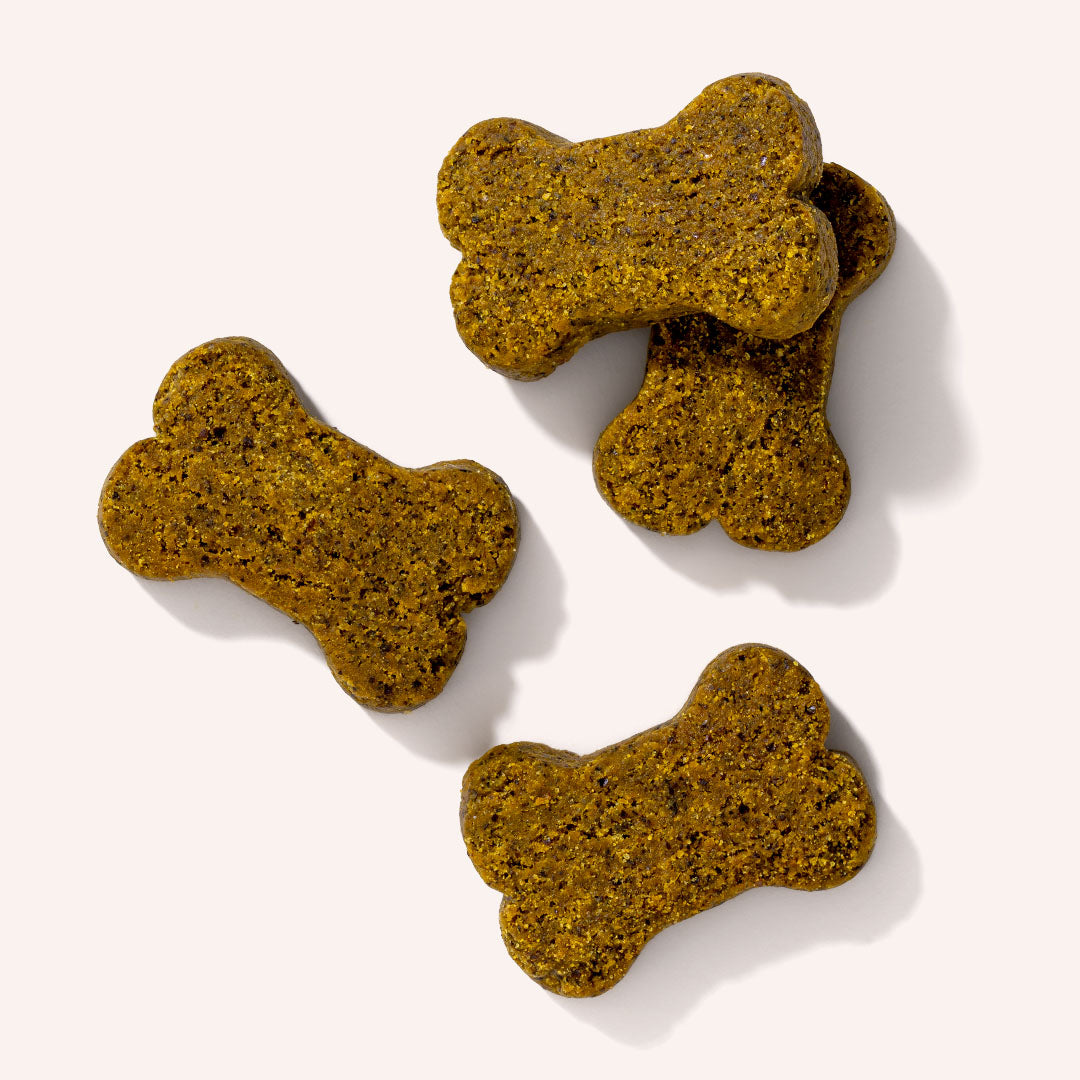
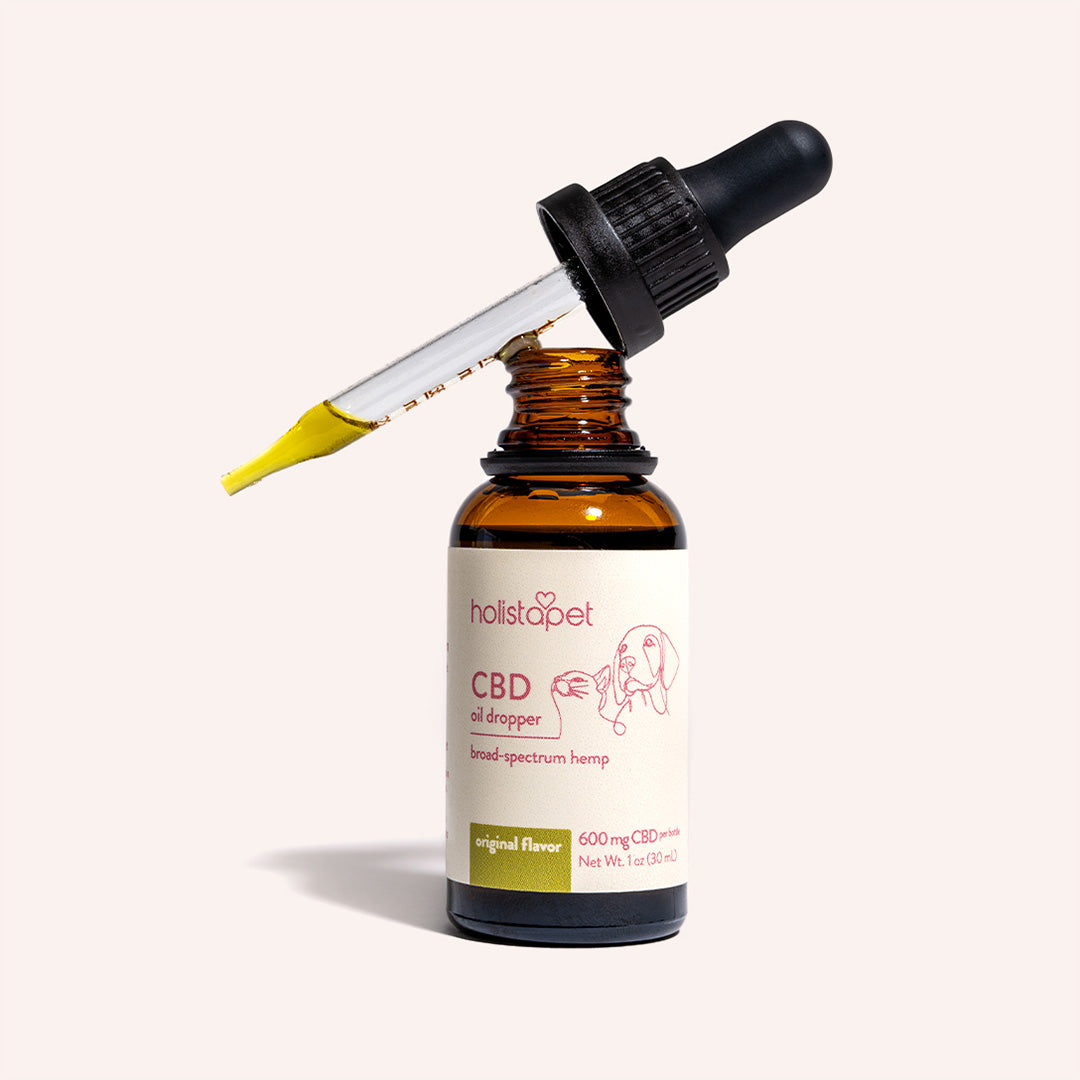
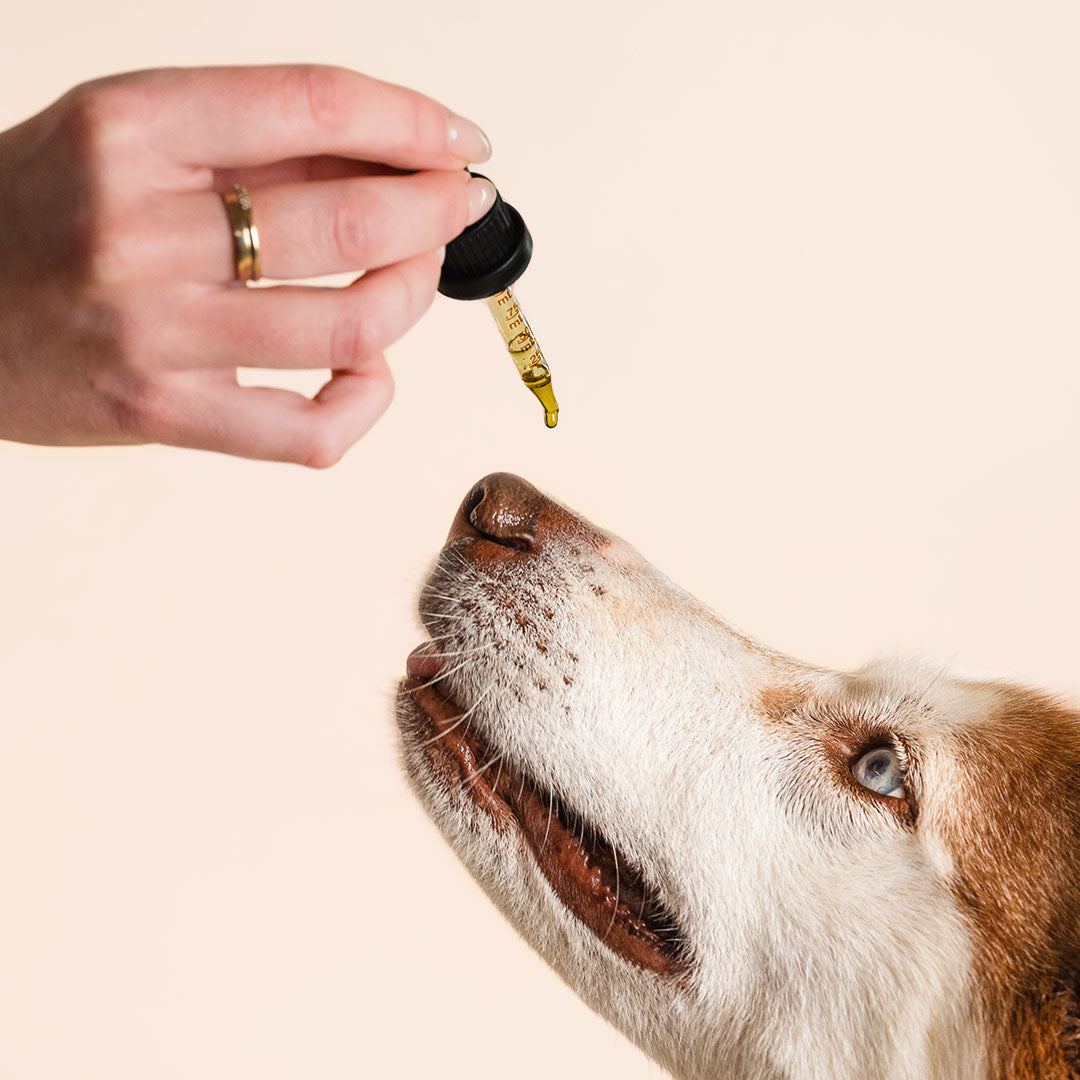
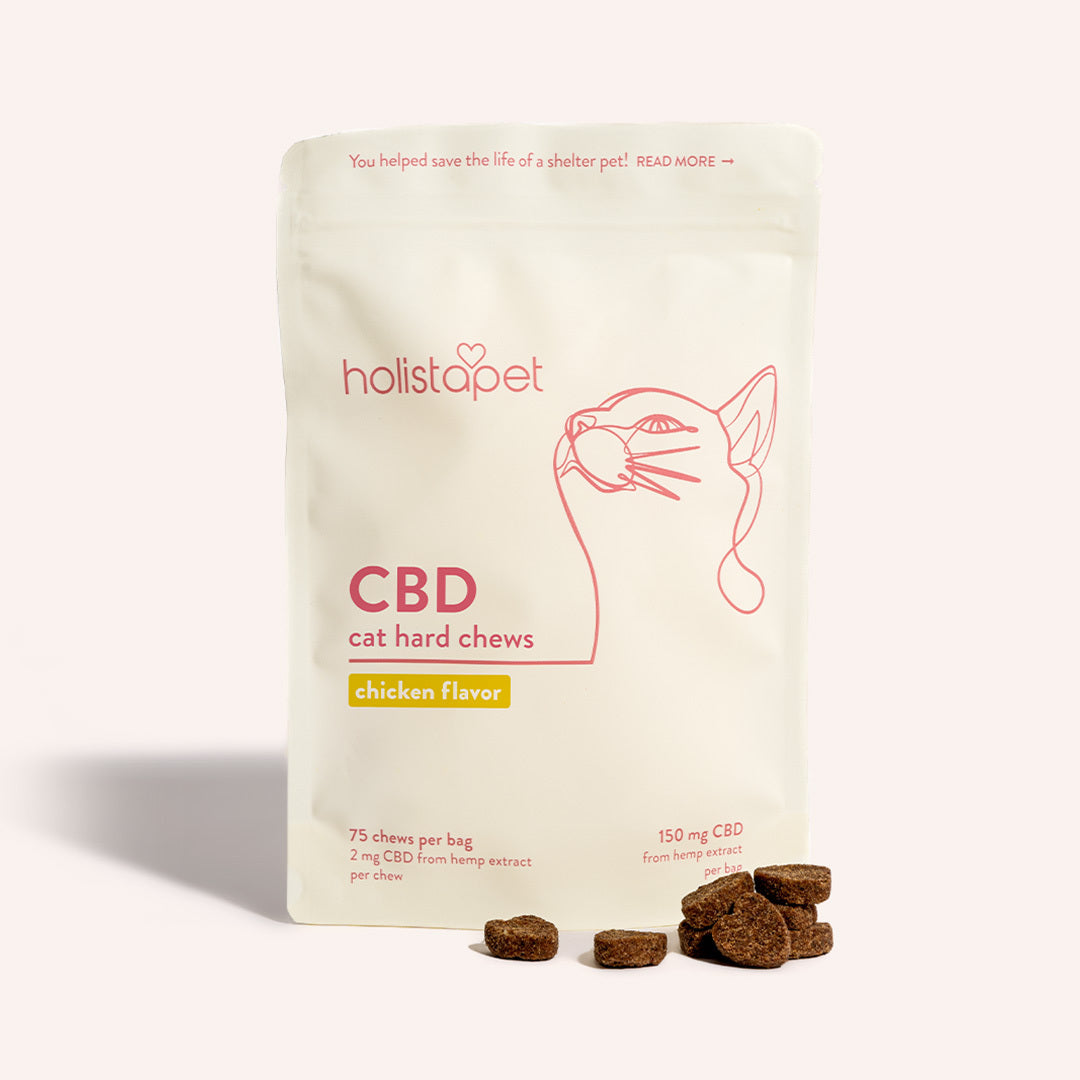
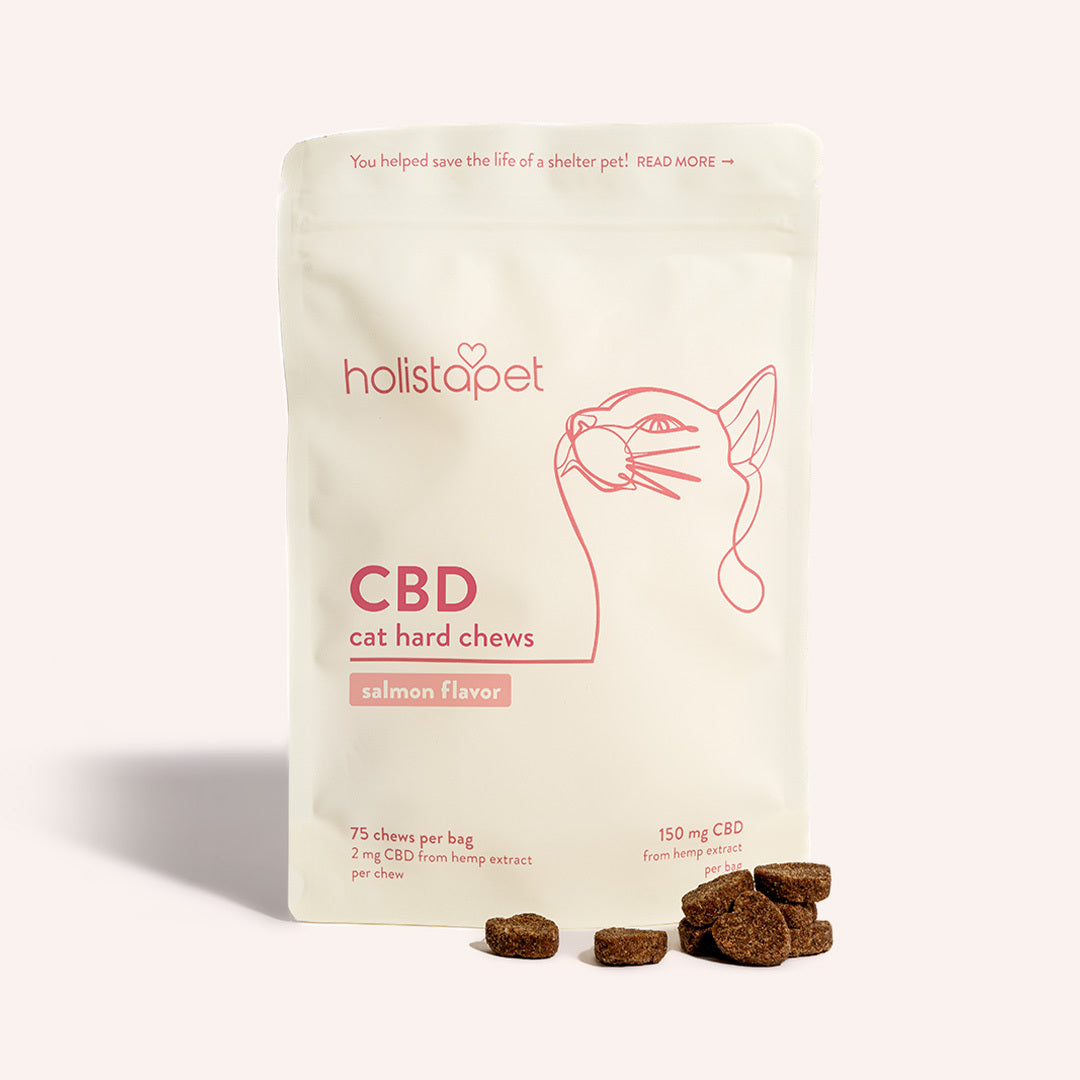
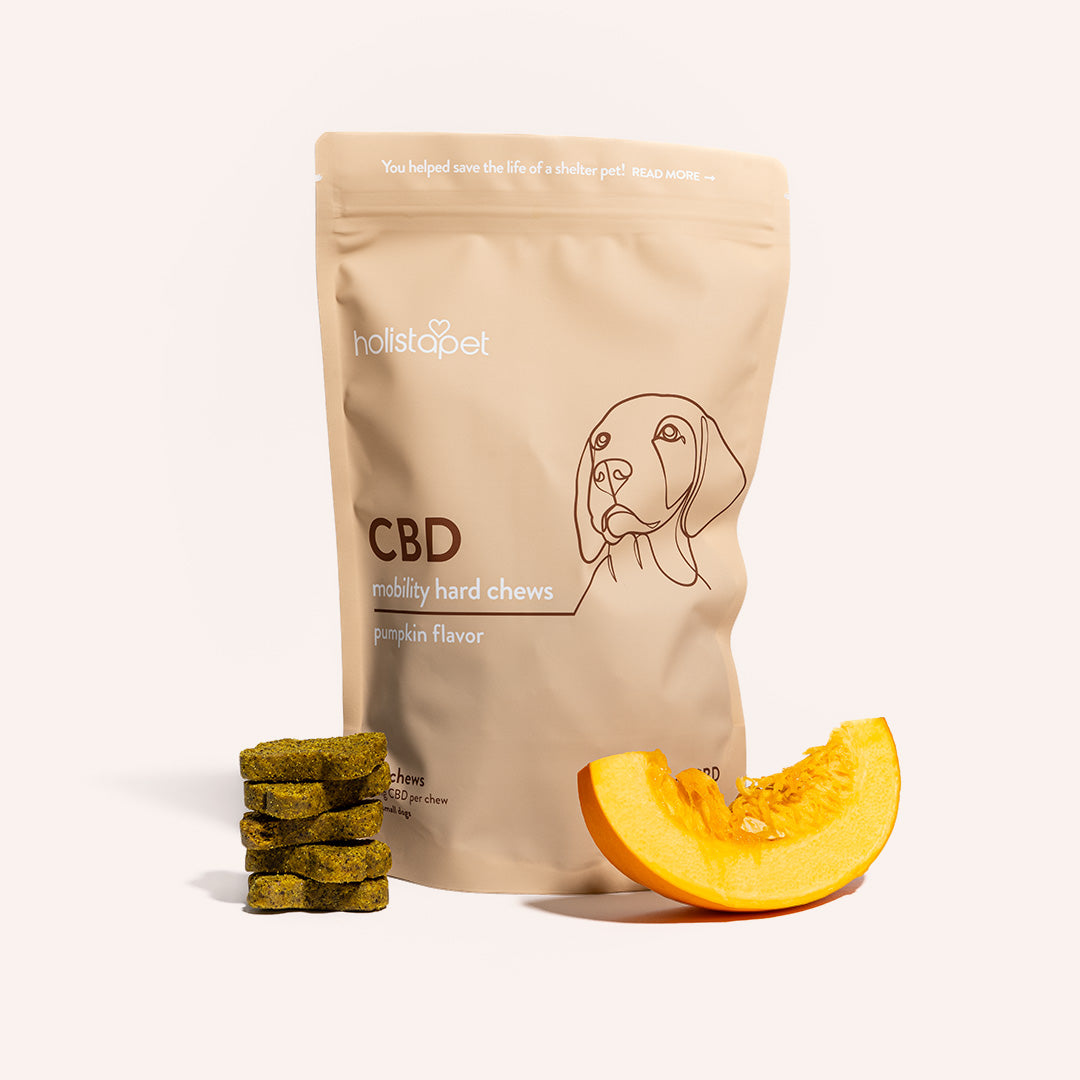
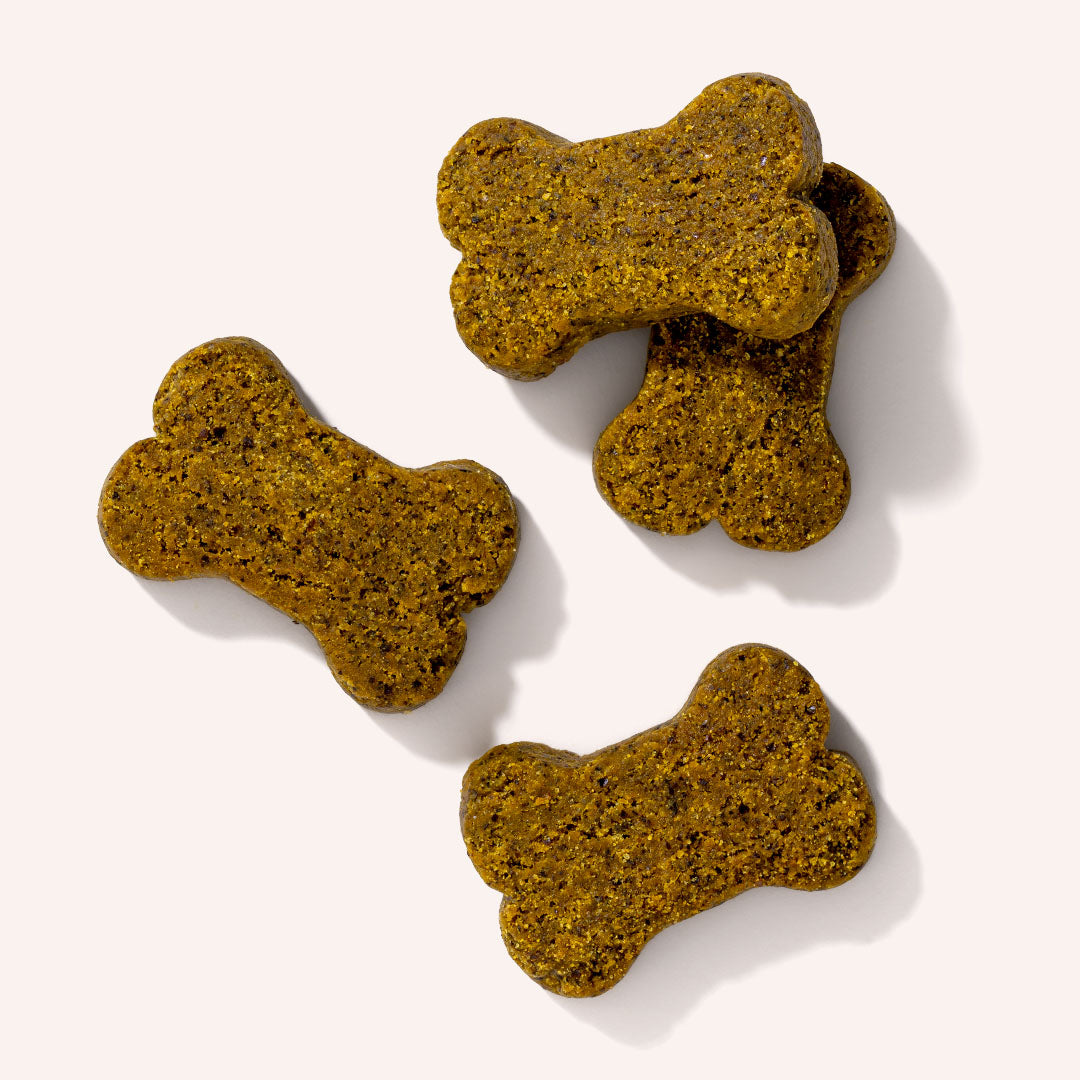

Leave a comment
All comments are moderated before being published.
This site is protected by hCaptcha and the hCaptcha Privacy Policy and Terms of Service apply.